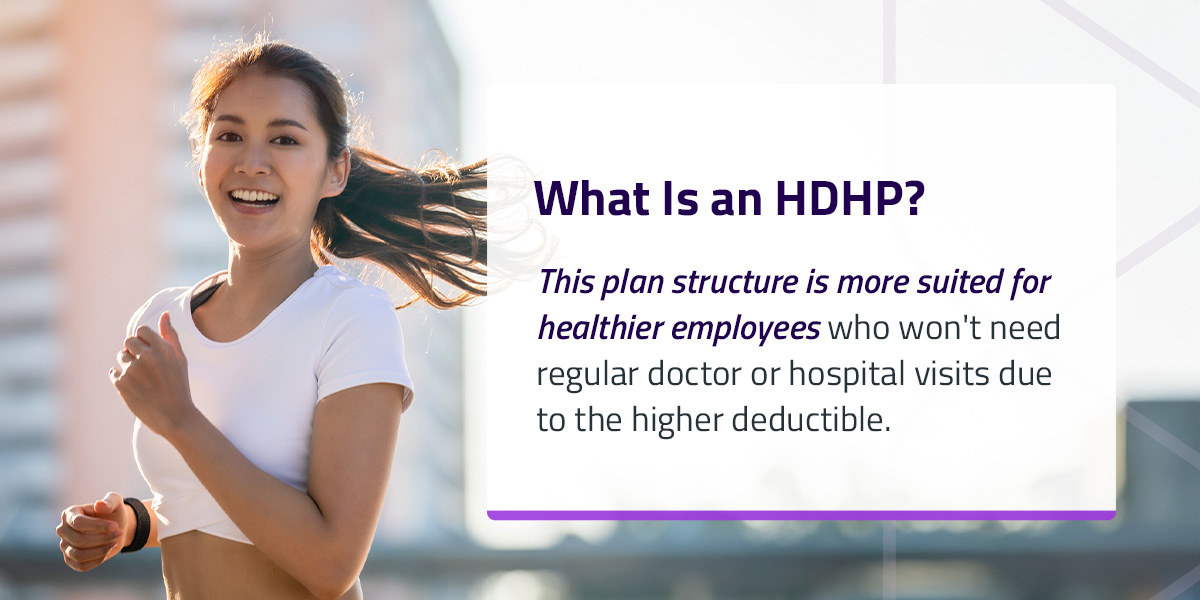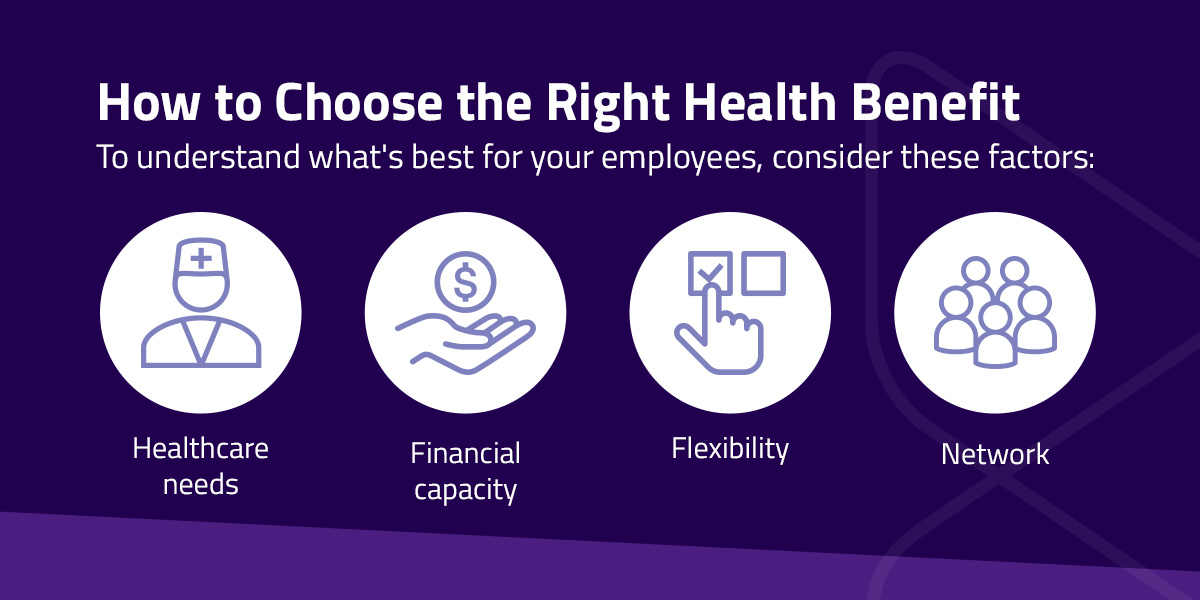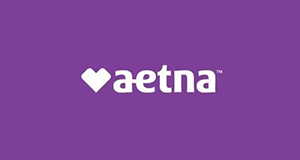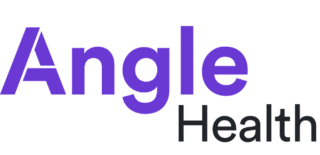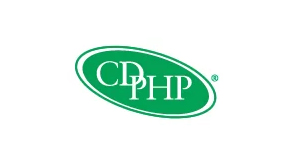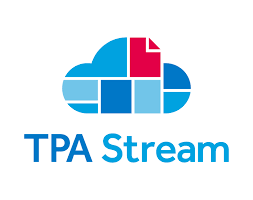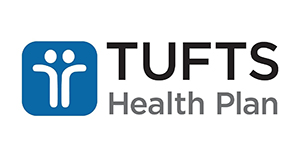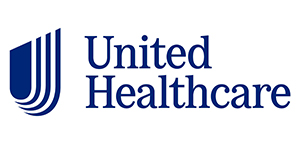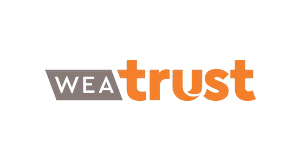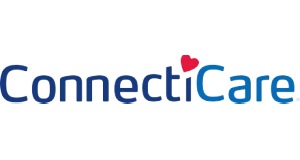
HDHP vs. PPO
Table of Contents
Employers usually offer a high deductible health plan (HDHP) or a preferred provider organization (PPO) as one of their healthcare benefits. Each has its pros and cons. However, offering both can ensure employees choose what fits their needs best, without having to sacrifice the company's bottom line. This guide breaks down the differences and why you may want to offer one over the other or let your employees select from both.
What Is an HDHP?
With an HDHP, employees can save with the lower monthly premiums. However, this plan structure is more suited for healthier employees who won't need regular doctor or hospital visits due to the higher deductible.
An HDHP fully covers routine preventive care, like:
- HIV screening
- Screening for depression
- Blood pressure screening
- Nutritional and diet counseling
- Immunizations, such as for the flu, measles, and chickenpox
In 2025, the annual deductible for an HDHP is at least $1,650 for individuals and $3,300 for families. Annual out-of-pocket expenses do not exceed $8,300 for individuals and $16,600 for families.
Pros of a High Deductible Health Plan
Some of the pros of an HDHP include:
- Access to a Health Savings Account (HSA): An HDHP is required to open an HSA. This account can help your employee set aside money for qualified medical expenses and is ideal for any copay or coinsurance requirements. An HSA helps reduce out-of-pocket expenses and enables employees to enjoy a triple tax advantage. With an HSA, an employee can perform tax-free withdrawals, make tax-deductible contributions, and experience tax-deferred growth.
- Wide range of covered expenses: An HDHP and HSA combination can cover various medical expenses. These expenses may include prescriptions, vision costs, medical services, and dental care.
- Broader network: Employees can access a broad network of providers, which can be handy if they travel frequently.
- Flexibility: With an HDHP and HSA, employees keep the funds in their account if they switch jobs or change plans.
- Limits out-of-pocket costs: Employees have a maximum out-of-pocket cost. Once this amount is met, the HDHP pays for their future covered medical expenses.
Cons of a High Deductible Health Plan
Some of the possible cons of an HDHP include:
- Higher upfront cost: Because the out-of-pocket maximum must be met before the plan pays for expenses, an HDHP may require higher upfront costs for your employees. This can discourage them from seeking medical treatment.
- Receipts needed: With an HDHP and HSA, employees need records of their medical expenses. They also need to submit receipts to ensure HSA funds are used for qualified expenses.
- Ineligible expenses: Only certain medical expenses are covered, even with the help of an HSA. Employees may need to pay some claims out-of-pocket. Using an HSA for non-qualified expenses can incur a penalty.
What Is a PPO Insurance Plan?
A preferred provider organization (PPO) is a health insurance plan with higher premiums and lower deductibles. Employees may pay more monthly, but can save more on healthcare services. It's ideal for older people or those with health conditions needing regular treatment. It can also lessen the financial burden of employees who need to support their family's health. In-network providers have agreed-upon rates with insurers so plan members can save on costs.
A PPO removes the gatekeeper in a health maintenance organization (HMO). Unlike with an HMO, employees don't need referrals from doctors. For instance, employees can visit a specialist without going through a primary care provider.
Pros of a Preferred Provider Organization
Some of the pros of a PPO include:
- Access to a Flexible Spending Account (FSA): If you offer a PPO, adding a flexible spending arrangement (FSA) can help employees manage out-of-pocket expenses. You can also contribute to the FSA to further help with healthcare costs. An employee's FSA is limited to $3,300 annually per employer. Similar to an HSA, employees won't pay taxes on their contributions. Eligible expenses may include medical, dental, and vision costs.
- Greater flexibility: PPO plans tend to be more flexible, as employees can choose their preferred hospital or physician, even if they are out-of-network. Employees can also get tests done without the doctor's approval.
- Out-of-pocket maximums: According to the Centers for Medicare and Medicaid Services, the out-of-pocket maximum for 2025 is $9,200 for individual plans and $18,400 for others.
Cons of a Preferred Provider Organization
Some of the potential disadvantages of a PPO include:
- Higher premium: PPO charges higher monthly premiums. If your employees don't need healthcare services often, they may spend too much on a plan.
- Smaller network: Compared to an HDHP, a PPO plan usually has a smaller network of doctors. To get the best rate, employees need to stick with an in-network provider.
How to Choose the Right Health Benefit
To understand what's best for your employees, consider these factors:
- Healthcare needs: Consider coverages and the current well-being of your employees when deciding to offer an HDHP or PPO. A PPO can be more suitable for employees who visit the doctor more frequently. It can also help with the healthcare costs of their family members, if any. An HDHP will work otherwise.
- Financial capacity: An HDHP can be pricier upfront, while a PPO can help employees with unexpected healthcare expenses. Consider the costs your employees are willing to take on.
- Flexibility: A PPO can be more flexible, thanks to the employee's freedom to choose a specialist or doctor.
- Network: Different providers can have varying network sizes. Consider whether it's essential for your employees to have a large network.
You can use your data from previous years to inform your decision. An HDHP and a PPO can provide savings in different forms, as long as the right person uses the plan. With the right insurance, your employees won't need to avoid or delay getting proper healthcare, benefiting their health and your business in the long run.
Contact The Difference Card to Learn More
At The Difference Card, we help organizations build the best healthcare plan, whether you need an HSA to add to your HDHP or offer an FSA alongside a PPO. Since 2001, we have been helping clients save an average of 18% on their health insurance while providing the highest level of employee benefits. Contact us today to learn more and see the difference.


